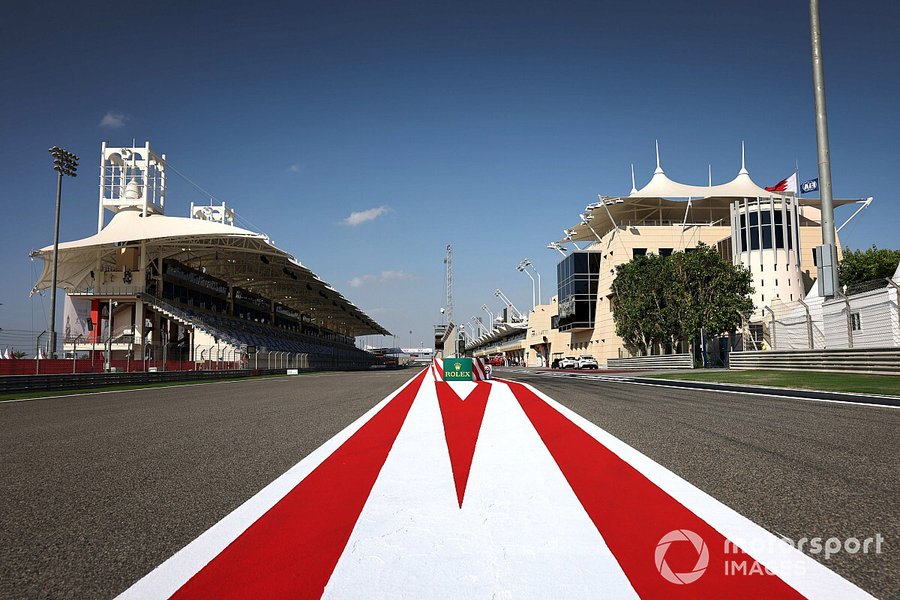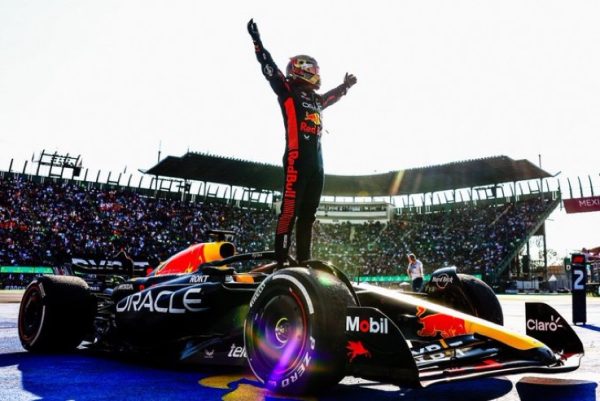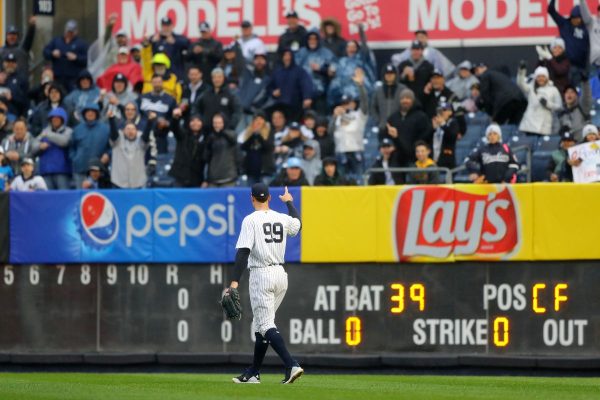F1 Returns with Pre-Season Testing
Over the past weekend, Formula 1 finally returned in the form of pre-season testing. Testing this year was a bit different due to COVID-19, taking place in Bahrain instead of the usual location in Barcelona. Testing occurred throughout the entire weekend with two four-hour sessions each day, totaling a full 24 hours of on-track testing.
The whole point of the pre-season testing is to give not only the teams and the drivers experience, but also to show the fans which teams are the favorites to win the title. It can also show massive vulnerabilities in a team, which usually does not bode well for the season as a whole. Any delay for a team during testing can not only ruin that particular session but the entire testing as a whole. The reason for that is that during testing, most teams run specific programs to test the durability and speed of the car.
And with such little time in testing, every lap counts.
Testing is for the engineers and mechanics to gain data to see if the car is performing up to specifications or if the calculations were wrong. Testing can also be a place for teams to “fake” their performance. A classic example is one of the top teams purposefully not pushing the limit while the slower cars are going flat out. It might seem like the slow team has made massive upgrades to level the playing field, but in most cases, it is the top team just not pushing the cars to the absolute limit.
During testing, there were clear winners and losers. One of the biggest losers was the reigning champion, Mercedes. They started off on the wrong foot, only getting six laps in the opening session due to a gearbox issue. Even during the following two days, reigning driver’s champion Lewis Hamilton was not content with the car, spinning on days two and three, proving that he does not feel comfortable with the car. The team as a whole only managed 306 laps which was the lowest out of the 10 teams in testing.
For comparison, during last year’s testing Mercedes did on average 150 laps every day. This year they only did around 101 laps per day.
The clear “big winner” of testing was last year’s runner-up, Red Bull. Both drivers Max Verstappen and Sergio Perez put in mileage with Verstappen clocking in 203 laps, the sixth highest out of the drivers. This is a massive difference from last year’s testing where there were big problems with the handling. The data even suggests that they have a clear advantage over Mercedes. With less than two weeks before the season opener in Bahrain, it seems that Red Bull may be the team to finally end Mercedes’ dominant winning streak that started back in 2014.
There were plenty other winners and losers who will be featured in my 2021 season preview next week. However, take all of this with a grain of salt because it is pre-season testing. Only time will tell when the lights go out in Bahrain if Red Bull can finally take the fight to Mercedes and give fans a proper title fight.

Michael Hernandez is a sophomore at Fordham’s Gabelli School of Business, majoring in marketing with a concentration in sports business. He started on...
















